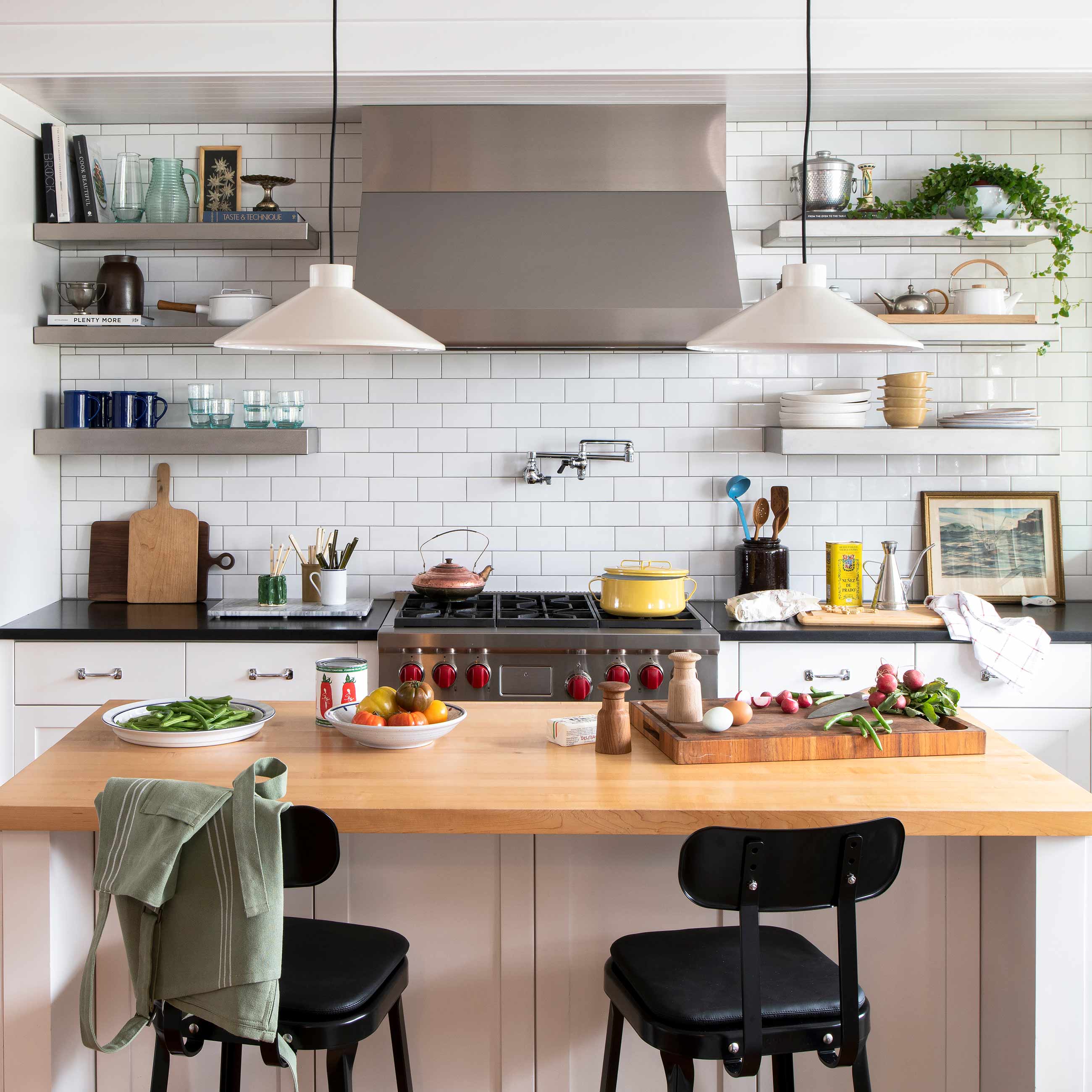How to Light Your Home Like a Pro

In this guest post, writer and interior enthusiast Nafeesah Allen shares her findings on how to light your home like an industry pro.
Lighting is a key design component in any room. And while there are many ways to pair interior lights with natural sunlight, it can be easy to miss the opportunity to maximize on illumination. Not sure where to begin? These days, long-lasting lighting solutions are environmentally friendly and style forward.
With so many options, choosing lighting for your home can feel like a daunting task. Here are four easy tips to light your home like an interior design pro.
Environmentally friendly lighting starts with switching to energy-efficient light bulbs. LED bulbs are more sustainable than incandescent lighting, because they can use over 75% less energy. These days, LED bulbs come in shapes and sizes that make a statement, so there’s no need to sacrifice style for savings.
In addition to leveraging natural light as the center-piece of common rooms, pros are moving away from plastics and going green with light fixtures made from natural resources, such as ethically-sourced wood and bamboo.

Interior designers are done relying on one light source to draw the eye and reach every corner of a room. Layer lighting in large spaces, where floor and desk lamps can be paired with overhead lighting for ambiance and utility.
Low-hung pendants create the illusion of height. And clustering classic desk lamps with stately floor lamps makes larger rooms feel cozy and easy to compartmentalize for different uses.

According to experts, the key to mastering clustering without looking cluttered is to be mindful of three types of lighting: ambient, accent, and task lighting.
Ambient lighting can be understood as the lighting that will replace natural day light from windows when the sun is down. It should light up a room all at once.
Accent lighting focuses on specific areas of the room and often serves an ornamental purpose, meaning that it’s designed to highlight and accentuate.
Task lighting is the light used to illuminate work surfaces and areas of activity (counter tops in kitchens, desks in offices, and vanities in bathrooms).
Wall lighting is a fantastic use of space, whether installed indoors or outdoors. Modern scones with high-end fixtures level up decor, especially in small spaces where sun-facing windows are out of reach. Whether you’re going for a vintage look or a classic silhouette, wall mounted lighting adds a touch of form to function.
Designers also find that sconces are particularly useful for families looking to refresh their space for new bundles of joy. When placed above toddler reach, sconces are built-in babyproofing that still feels worthy of a design nod. Homeowners can match hardwired sconceswith ultra-modern appliances, hidden refrigerators, and handleless cabinets to make space for the pitter patter of little feet in a home meant for decor connoisseurs.
If you have no idea what hot or cold means in terms of lighting, you are not alone. To get lighting right you’ll need to do a little research and make a decision that suits your household. Different light temperatures can affect the color of the paint on your walls, and even how welcoming that space feels to newcomers. So, choose wisely. As a general rule of thumb, the warmer the color temperature, the cozier the feel. For more on why color temperature matters, check out our lightbulb buying guide.
Written by Nafeesah Allen














